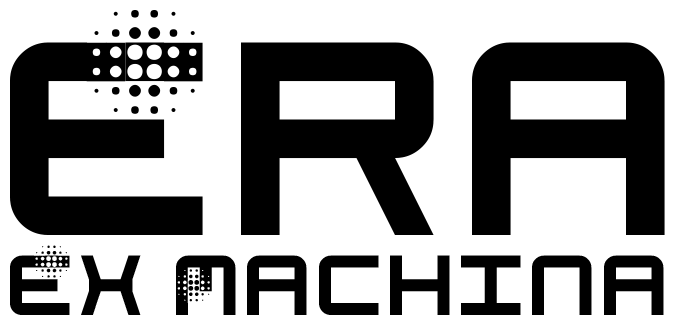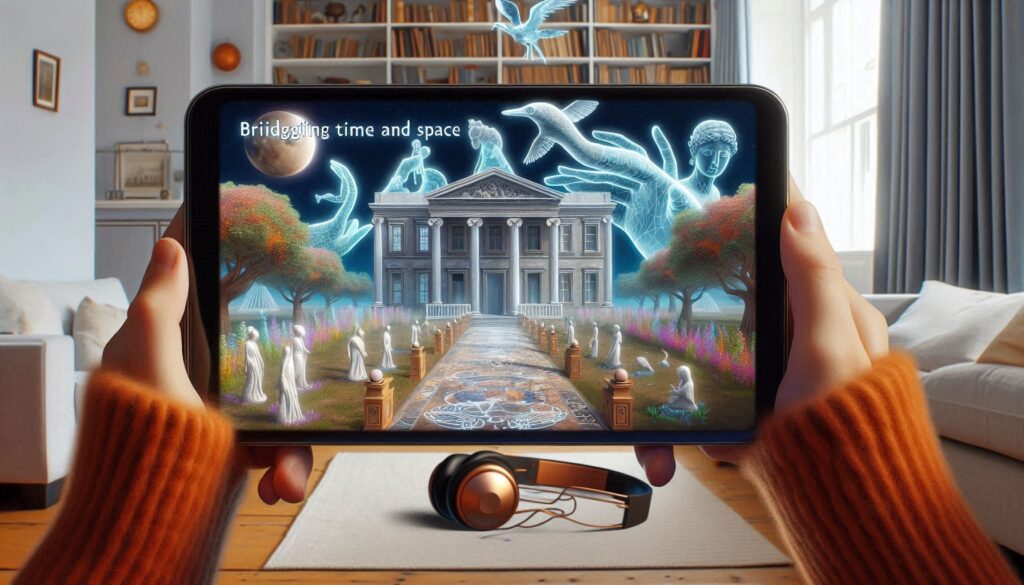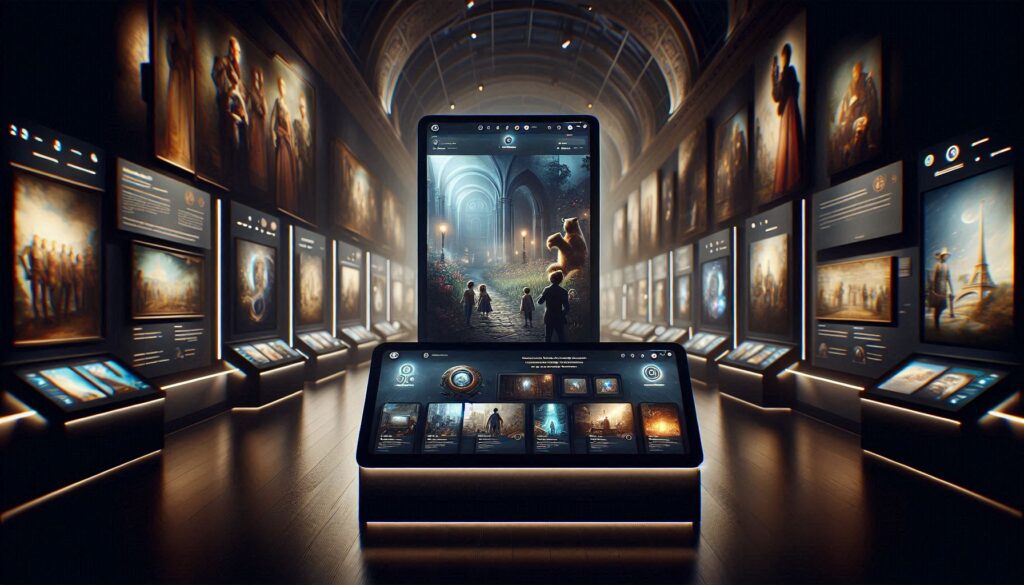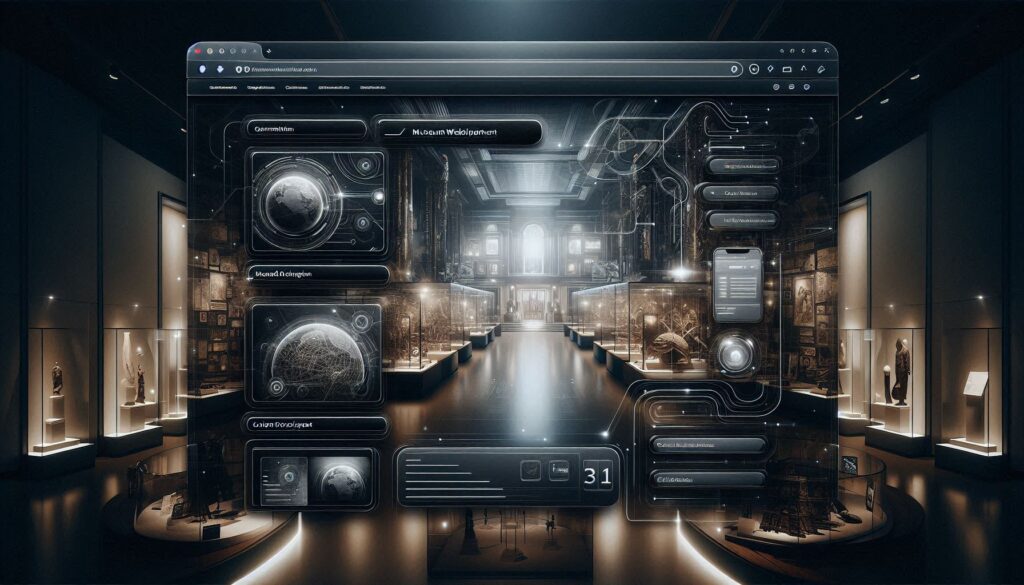In today’s digital era, a museum’s website is more than just a virtual brochure—it’s a dynamic portal that invites visitors from around the world to explore, learn, and engage. Ensuring that this portal is accessible to everyone, regardless of their abilities, is not only a matter of inclusivity but also a strategic advantage that benefits both visitors and the museum itself.
The Power of Accessibility
An accessible website ensures that people with disabilities can navigate and enjoy your online content just as easily as those without disabilities. This includes individuals with visual, auditory, physical, speech, cognitive, and neurological disabilities. By prioritizing accessibility, museums can create a more inclusive experience, fostering a sense of belonging and respect for all visitors.
Why Accessibility Matters
- Inclusivity and Equity: Museums are cultural institutions that aim to educate and inspire people of all backgrounds. An accessible website aligns with these values by providing equal access to information and resources for everyone. This inclusivity ensures that all visitors, regardless of their abilities, can fully participate in the museum’s offerings.
- Enhanced User Experience: Accessibility features, such as clear navigation, readable fonts, and alternative text for images, enhance the overall user experience for everyone. These features make it easier for all visitors to find information, understand content, and interact with the website, leading to higher engagement and satisfaction.
- Legal Compliance: Many countries have laws and regulations that require websites to be accessible. Ensuring your museum’s website meets these standards not only helps you avoid legal issues but also demonstrates your commitment to inclusivity and social responsibility.
- Broader Audience Reach: An accessible website opens the door to a wider audience. People with disabilities make up a significant portion of the global population, and by making your website accessible, you invite these individuals to engage with your museum. This can lead to increased visitor numbers, both online and in-person.
- Improved SEO: Accessibility features, such as descriptive alt text for images and well-structured content, can also improve your website’s search engine optimization (SEO). This makes it easier for people to find your museum online, increasing visibility and attracting more visitors.
Practical Tips for Making Your Website Accessible
Creating an accessible website doesn’t have to be daunting or expensive. Here are some practical tips to help you get started:
- Use Descriptive Alt Text for Images: Provide clear, concise descriptions for all images on your website. This helps visually impaired visitors who use screen readers to understand the content.
- Ensure Keyboard Accessibility: Make sure all website functions can be performed using a keyboard alone. This is crucial for visitors with motor disabilities who may not be able to use a mouse.
- Choose Readable Fonts and High Contrast: Use easy-to-read fonts and ensure there is a high contrast between text and background colors. This improves readability for visitors with visual impairments.
- Provide Transcripts and Captions for Multimedia: Offer transcripts for audio content and captions for videos. This ensures that visitors with hearing impairments can access the information.
- Implement Clear Navigation: Design a simple, intuitive navigation structure. Use clear headings, labels, and consistent layouts to help visitors find what they need quickly and easily.
- Test with Accessibility Tools: Regularly test your website using accessibility tools and software. These tools can help identify potential issues and ensure your website meets accessibility standards.
The Benefits for Your Museum
- Stronger Community Connections: By making your website accessible, you demonstrate a commitment to inclusivity and social responsibility. This can strengthen your museum’s reputation and build trust within the community.
- Increased Visitor Engagement: Accessible websites provide a better user experience, which can lead to higher levels of engagement. Visitors are more likely to explore your content, participate in virtual tours, and attend events.
- Greater Educational Impact: Accessibility ensures that educational resources reach a broader audience. This can enhance your museum’s impact, fulfilling its mission to educate and inspire people of all abilities.
- Positive SEO Impact: Accessibility improvements can boost your website’s SEO, making it easier for people to discover your museum online. This increased visibility can lead to more visitors and greater online engagement.
- Innovation and Leadership: By prioritizing accessibility, your museum positions itself as a leader in the cultural sector. This innovative approach can attract partnerships, funding, and support from organizations that value inclusivity.
Investing in Accessibility: Solutions for Every Budget
Creating an accessible website doesn’t have to be costly. Here are some budget-friendly solutions to get started:
- Leverage Free Resources: Utilize free online resources and tools, such as the Web Content Accessibility Guidelines (WCAG) and accessibility checkers, to guide your efforts.
- Engage Your Community: Involve volunteers, staff, and community members in testing and providing feedback on your website’s accessibility. Their insights can be invaluable.
- Gradual Implementation: Start with small, manageable changes and gradually implement more comprehensive accessibility features. Every step towards accessibility makes a difference.
Looking Ahead
Embracing accessibility is a continuous journey, not a one-time project. By prioritizing inclusivity and making your website accessible, your museum can create a more welcoming digital space for all visitors, enhancing your impact and ensuring that your cultural treasures are enjoyed by everyone.
Let’s open the digital doors wide and ensure that the rich experiences your museum offers are accessible to all.






